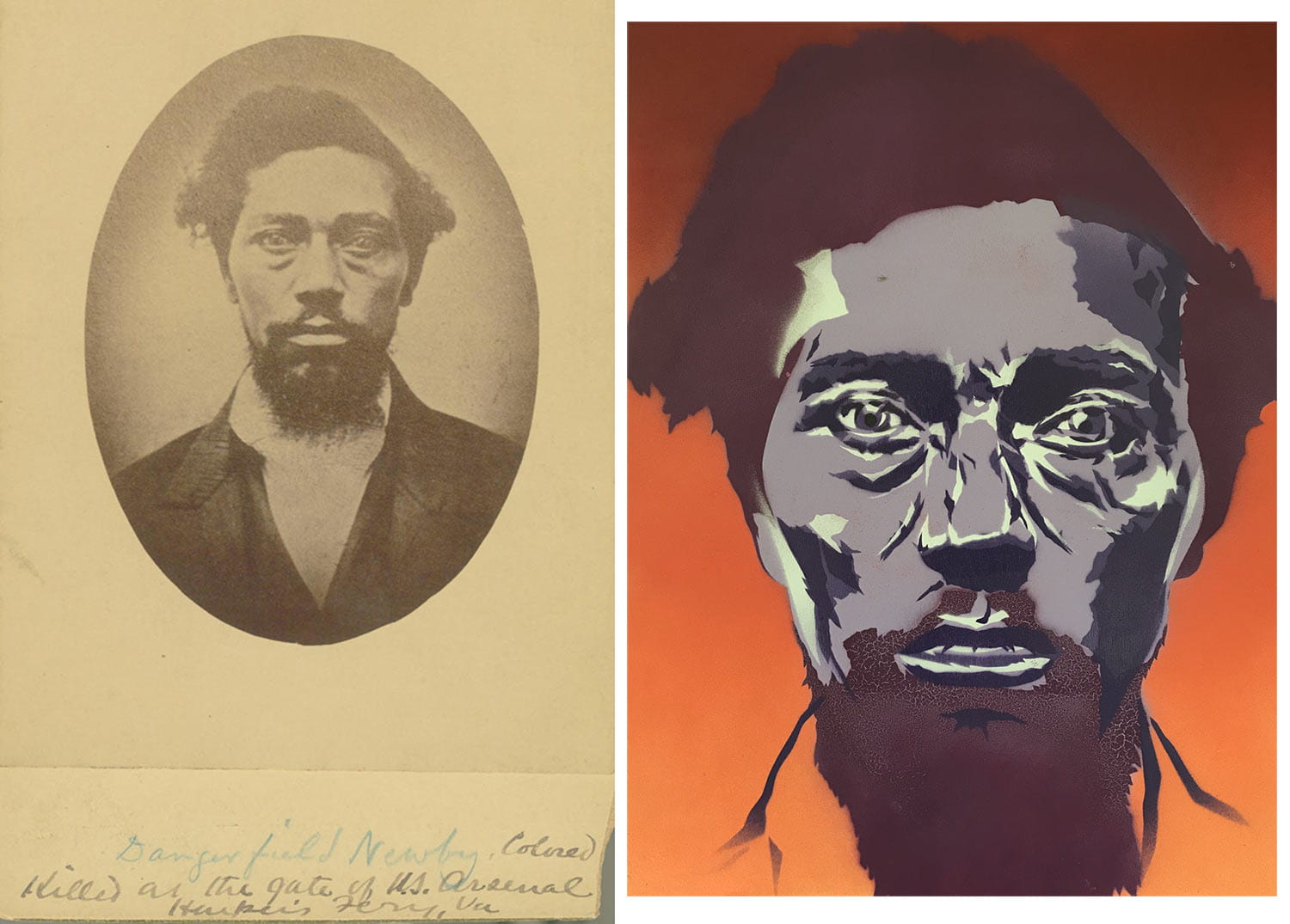One of the topics that really interests me is how controversial and polarizing a figure John Brown still is today. The way people see him range from a terrorist, murder, delusional, mad man, fanatic, radical, or hero. Oftentimes these adjectives are paired together because even people who view him favorably still consider him delusional or fanatical. I happen to view Brown favorably because of his willingness to act when quite honestly many people failed to do so.
Many people did not want to get involved in a conflict when it came to slavery. The Quakers are a good example of this. If you are not familiar with the Quakers, they are a Christian religious sect that are centered around the principle of pacifism. When I studied fugitive slave cases in Lancaster County, I found that it was often Quakers that housed fugitive slaves and made up a lot of the underground railroad spots. They were not the ones to be vocal advocates for political or systematic change because they prefer to work behind the scenes instead of causing conflict. Now I am not saying what they did was not important work or that it did not help people, but I am asking if their work fundamentally changed the system of injustice? I do not think it did, because they did not directly challenge slavery. Rather by working in the background, they allowed the institution of slavery to continue longer because they did not directly confront it.
One of Brown’s most famous quotes is “These men are all talk. What we need is action—action!” which he said in direct response to the pacifist in the abolitionist movement. He truly believed that nothing would change if people did not put their lives on the line to stand up to an unjust system. John Brown used violent measures to end a violent, evil system. I think it is an interesting moral and ethical question to ask is whether or not it is okay to use violence to end a more violent and evil system? What are the moral implications of doing nothing to stop a violent system?
A lot of people look at violence as inherently bad and therefore see Brown as a terrorist. The problem I have with this, however, is that why do people not condemn slaveholders as terrorists when they arguably committed more violent acts? Honestly, I do not believe it is about the violence — but how the violence is used. When violence is state-sanctioned, it is suddenly okay, but when regular people use violence against the state it is terrorism. We can see this with how people uphold Confederate General Robert E. Lee as a hero and upstanding man, even though he used violence against other Americans in support of slavery, a violent system. But since it was during the war it is okay because war is sanctioned by the state, and so was slavery. However, Brown, who was fighting in support of oppressed people, is considered a terrorist because his violence was against the state and not state-sanctioned.
